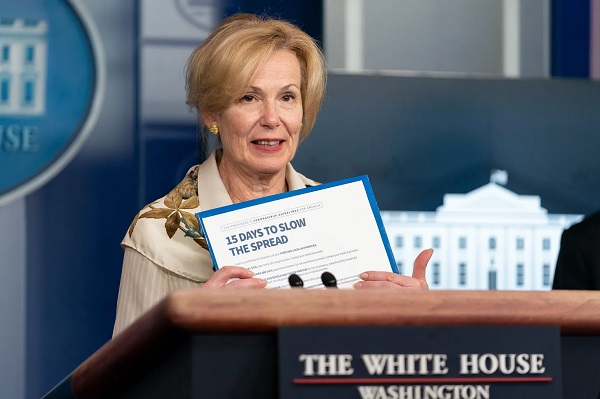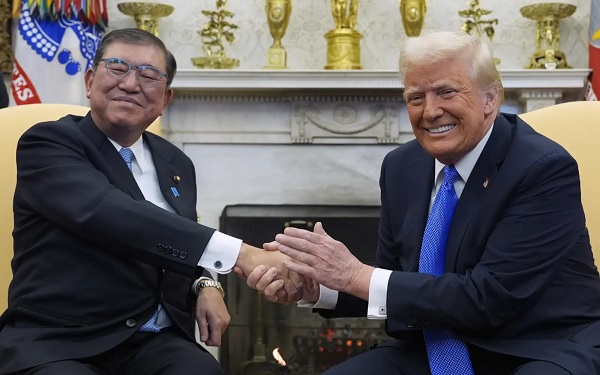Fraser Institute
Other countries with universal health care don’t have Canada’s long wait times
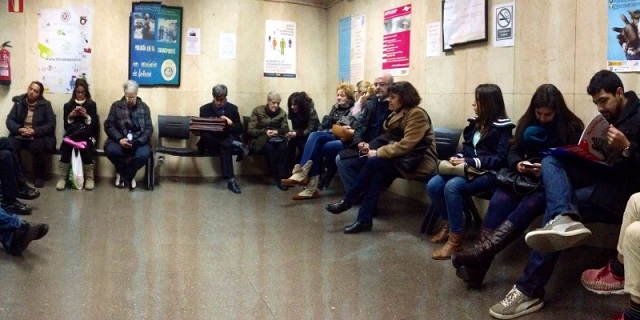
From the Fraser Institute
By Mackenzie Moir and Bacchus Barua
Unfortunately it’s now very common to see stories about how long provincial wait times for medical care are driving patients to seek care elsewhere, often at great personal cost. Take the recent case of the Milburns in Manitoba who, after waiting years for a knee surgery, are now considering selling their home and moving to Alberta just to get on a potentially shorter public wait list.
Patients in Manitoba could expect to wait a median of 29 weeks to see an orthopedic specialist after a referral from a family physician, then they still faced a median 24.4 week wait to get treatment. In other words, the total typical wait for orthopedic surgery in the province is more than one year at 53.4 weeks. Remember, that’s a median measure, which means some patients wait much longer.
Unfortunately, the Milburns are unlikely to get more timely care on the public wait list in Alberta. At 64.1 weeks, the total median wait for orthopedic care in Alberta was actually longer than in Manitoba. And this doesn’t include the time it takes for provincial coverage to activate for a new provincial resident, or the time it will take to find a new family doctor and get the necessary tests, scans and referrals.
To get more timely care, the Milburns are left with unenviable options. Because they’re insured by Manitoba’s public health-care plan, paying for covered care out of pocket is restricted. They can, however, pay for and receive care privately in other provinces as uninsured visitors (i.e. not move there permanently). Specifically, certain provinces have “exemptions” that allow physicians to charge out-of-province patients directly to provide these procedures privately.
Alternatively, the Milburns could leave Canada and travel even further from home to receive timely care abroad.
But it doesn’t have to be this way.
Long wait times are not the necessary price Canadians must pay for universal coverage. In fact, Canada is one of 30 high-income countries with universal health care. Other countries such as Switzerland, the Netherlands, Germany and Australia have much shorter wait times. For example, only 62 per cent of Canadians reported access to non-emergency surgery in less than four months in 2020 compared to 99 per cent of Germans, 94 per cent of Swiss and 72 per cent of Australians.
The difference? These countries approach health care in a fundamentally different way than us. One notable difference is their attitude towards the private sector.
In Germany, patients can seek private care while still insured by the public system or can opt out and purchase regulated private coverage. These approaches (universal, privately paid or privately insured) are able to deliver rapid access to care. The Swiss simply mandate that patients purchase private insurance in a regulated-but-competitive marketplace as part of their universal scheme. Lower-income families receive a subsidy so they can participate on a more equal footing in the competitive marketplace to obtain the insurance that best fits their needs.
Perhaps the most direct comparator to Canada is Australia—not just geographically, but because it also primarily relies on a tax-funded universal health-care system. However, unlike Canada, individuals can purchase private insurance to cover (among other things) care received as a private patient in a public or private hospital, or simply pay for their private care directly if they choose. In 2021/22 more than two-thirds (70 per cent) of non-emergency admissions to a hospital involving surgery (both publicly and privately funded) took place in a private facility.
Of course, these faster-access countries share other differences in attitudes to universal health-care policy including requirements to share the cost of care for patients and funding hospitals on the basis of activity (instead of Canada’s outdated bureaucratically-determined budgets). A crucial difference, however, is that patients are not generally prevented from paying privately for health care in their home province (or canton or state) in any of these countries.
Without fundamental reform, and as provincial systems continue to struggle to provide basic non-emergency care, we’ll continue to see more stories like the Milburn’s. Without reform, many Canadians will continue to be forced to make similarly absurd decisions to get the care they need, rather than focusing on treatment and recovery.
Authors:
Business
Worst kept secret—red tape strangling Canada’s economy
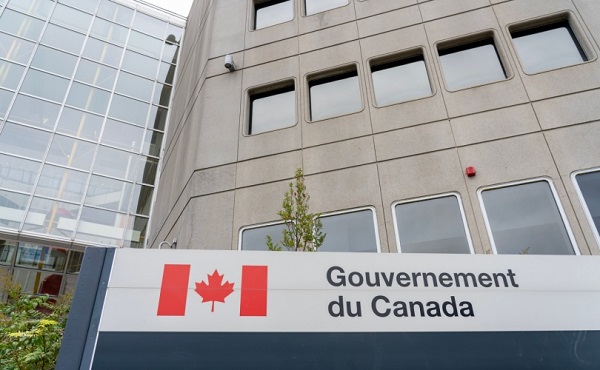
From the Fraser Institute
By Matthew Lau
In the past nine years, business investment in Canada has fallen while increasing more than 30 per cent in the U.S. on a real per-person basis. Workers in Canada now receive barely half as much new capital per worker than in the U.S.
According to a new Statistics Canada report, government regulation has grown over the years and it’s hurting Canada’s economy. The report, which uses a regulatory burden measure devised by KPMG and Transport Canada, shows government regulatory requirements increased 2.1 per cent annually from 2006 to 2021, with the effect of reducing the business sector’s GDP, employment, labour productivity and investment.
Specifically, the growth in regulation over these years cut business-sector investment by an estimated nine per cent and “reduced business start-ups and business dynamism,” cut GDP in the business sector by 1.7 percentage points, cut employment growth by 1.3 percentage points, and labour productivity by 0.4 percentage points.
While the report only covered regulatory growth through 2021, in the past four years an avalanche of new regulations has made the already existing problem of overregulation worse.
The Trudeau government in particular has intensified its regulatory assault on the extraction sector with a greenhouse gas emissions cap, new fuel regulations and new methane emissions regulations. In the last few years, federal diktats and expansions of bureaucratic control have swept the auto industry, child care, supermarkets and many other sectors.
Again, the negative results are evident. Over the past nine years, Canada’s cumulative real growth in per-person GDP (an indicator of incomes and living standards) has been a paltry 1.7 per cent and trending downward, compared to 18.6 per cent and trending upward in the United States. Put differently, if the Canadian economy had tracked with the U.S. economy over the past nine years, average incomes in Canada would be much higher today.
Also in the past nine years, business investment in Canada has fallen while increasing more than 30 per cent in the U.S. on a real per-person basis. Workers in Canada now receive barely half as much new capital per worker than in the U.S., and only about two-thirds as much new capital (on average) as workers in other developed countries.
Consequently, Canada is mired in an economic growth crisis—a fact that even the Trudeau government does not deny. “We have more work to do,” said Anita Anand, then-president of the Treasury Board, last August, “to examine the causes of low productivity levels.” The Statistics Canada report, if nothing else, confirms what economists and the business community already knew—the regulatory burden is much of the problem.
Of course, regulation is not the only factor hurting Canada’s economy. Higher federal carbon taxes, higher payroll taxes and higher top marginal income tax rates are also weakening Canada’s productivity, GDP, business investment and entrepreneurship.
Finally, while the Statistics Canada report shows significant economic costs of regulation, the authors note that their estimate of the effect of regulatory accumulation on GDP is “much smaller” than the effect estimated in an American study published several years ago in the Review of Economic Dynamics. In other words, the negative effects of regulation in Canada may be even higher than StatsCan suggests.
Whether Statistics Canada has underestimated the economic costs of regulation or not, one thing is clear: reducing regulation and reversing the policy course of recent years would help get Canada out of its current economic rut. The country is effectively in a recession even if, as a result of rapid population growth fuelled by record levels of immigration, the GDP statistics do not meet the technical definition of a recession.
With dismal GDP and business investment numbers, a turnaround—both in policy and outcomes—can’t come quickly enough for Canadians.
Business
New climate plan simply hides the costs to Canadians

From the Fraser Institute
Mark Carney, who wants to be your next prime minister, recently released his plan for Canada’s climate policies through 2035. It’s a sprawling plan (climate plans always are), encompassing industrial and manufacturing emissions, vehicle emissions, building emissions, appliance emissions, cross-border emissions, more “green” energy, more “heat pumps” replacing HVAC, more electric vehicle (EV) subsidies, more subsidies to consumers, more subsidies to companies, and more charging stations for the EV revolution that does not seem to be happening. And while the plan seeks to eliminate the “consumer carbon tax” on “fuels, such as gasoline, natural gas, diesel, home heating oil, etc.” it’s basically Trudeau’s climate plans on steroids.
Consider this. Instead of paying the “consumer carbon tax” directly, under the Carney plan Canadians will pay more—but less visibly. The plan would “tighten” (i.e. raise) the carbon tax on “large industrial emitters” (you know, the people who make the stuff you buy) who will undoubtedly pass some or all of that cost to consumers. Second, the plan wants to force those same large emitters to somehow fund subsidy programs for consumer purchases to offset the losses to Canadians currently profiting from consumer carbon tax rebates. No doubt the costs of those subsidy programs will also be folded into the costs of the products that flow from Canada’s “large industrial emitters,” but the cause of rising prices will be less visible to the general public. And the plan wants more consumer home energy audits and retrofit programs, some of the most notoriously wasteful climate policies ever developed.
But the ironic icing on this plan’s climate cake is the desire to implement tariffs (excuse me, a “carbon border adjustment mechanism”) on U.S. products in association with “key stakeholders and international partners to ensure fairness for Canadian industries.” Yes, you read that right, the plan seeks to kick off a carbon-emission tariff war with the United States, not only for Canada’s trade, but to bring in European allies to pile on. And this, all while posturing in high dudgeon over Donald Trump’s plans to impose tariffs on Canadian products based on perceived injustices in the U.S./Canada trade relationship.
To recap, while grudgingly admitting that the “consumer carbon tax” is wildly unpopular, poorly designed and easily dispensable in Canada’s greenhouse gas reduction efforts, the Carney plan intends to double down on all of the economically damaging climate policies of the last 10 years.
But that doubling down will be more out of sight and out of mind to Canadians. Instead of directly seeing how they pay for Canada’s climate crusade, Canadians will see prices rise for goods and services as government stamps climate mandates on Canada’s largest manufacturers and producers, and those costs trickle down onto consumer pocketbooks.
In this regard, the plan is truly old school—historically, governments and bureaucrats preferred to hide their taxes inside of obscure regulations and programs invisible to the public. Canadians will also see prices rise as tariffs imposed on imported American goods (and potentially services) force American businesses to raise prices on goods that Canadians purchase.
The Carney climate plan is a return to the hidden European-style technocratic/bureaucratic/administrative mindset that has led Canada’s economy into record underperformance. Hopefully, whether Carney becomes our next prime minister or not, this plan becomes another dead letter pack of political promises.
-
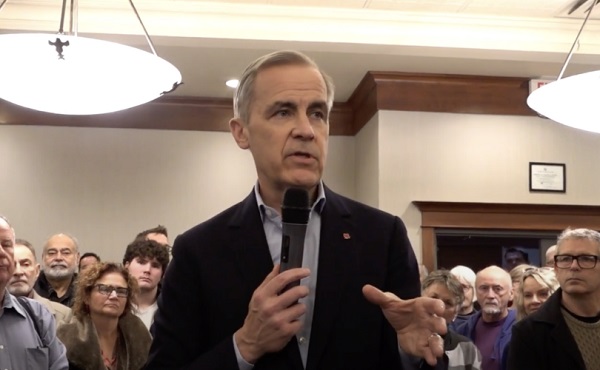
 Carbon Tax2 days ago
Carbon Tax2 days agoMark Carney has history of supporting CBDCs, endorsed Freedom Convoy crackdown
-
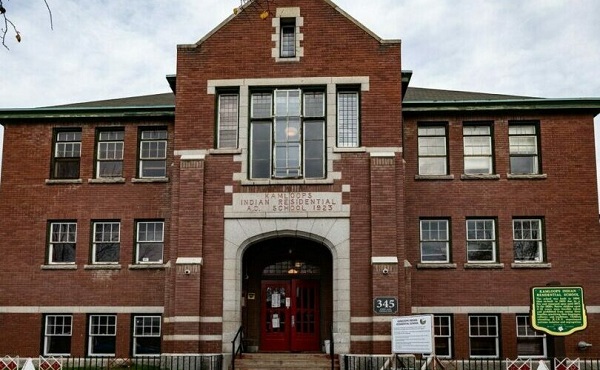
 Indigenous14 hours ago
Indigenous14 hours agoTrudeau gov’t to halt funds for ‘unmarked graves’ search after millions spent, no bodies found
-

 Censorship Industrial Complex2 days ago
Censorship Industrial Complex2 days agoBipartisan US Coalition Finally Tells Europe, and the FBI, to Shove It
-
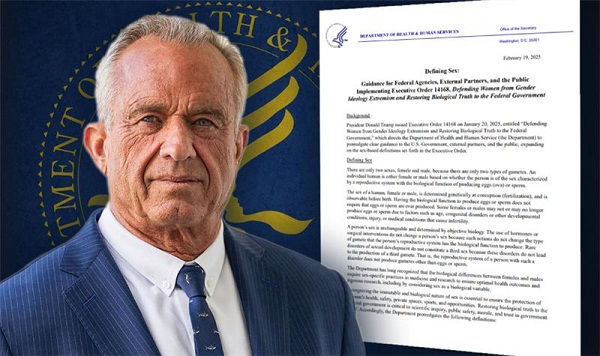
 Health2 days ago
Health2 days agoTrump HHS officially declares only two sexes: ‘Back to science and common sense’
-
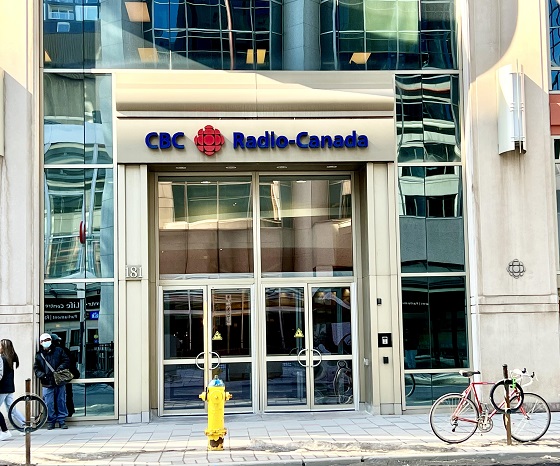
 Business1 day ago
Business1 day agoFederal Heritage Minister recommends nearly doubling CBC funding and reducing accountability
-

 Business2 days ago
Business2 days agoGovernment debt burden increasing across Canada
-

 Business1 day ago
Business1 day agoArgentina’s Javier Milei gives Elon Musk chainsaw
-

 International2 days ago
International2 days agoSenate votes to confirm Kash Patel as Trump’s FBI director





